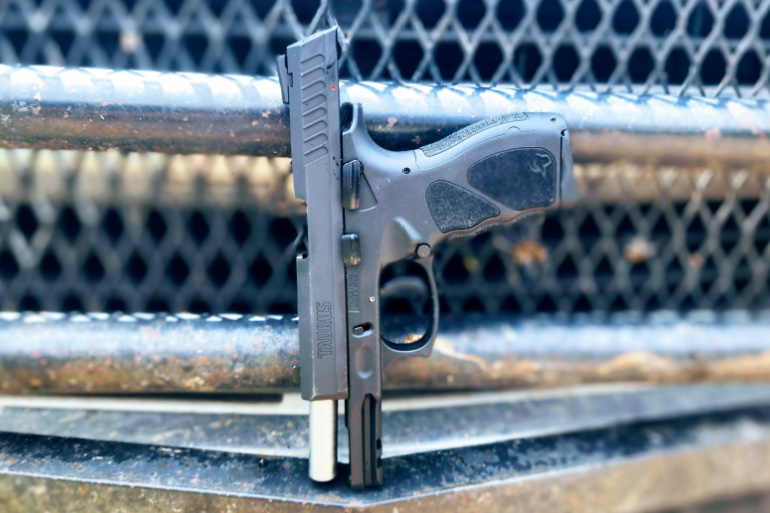
If the first rule of a gunfight is to have a gun, maybe the second should be to have the necessary accessories. That may sound a little odd, but you might be surprised just how vital certain carry gear can be.
Concealed carry is about more than just holstering up and going about your day. Having the right quality gear with you can make all the difference. These are our suggestions for concealed carry accessories to have on hand—or on your person—to keep you prepared and well suited for whatever the day may bring.
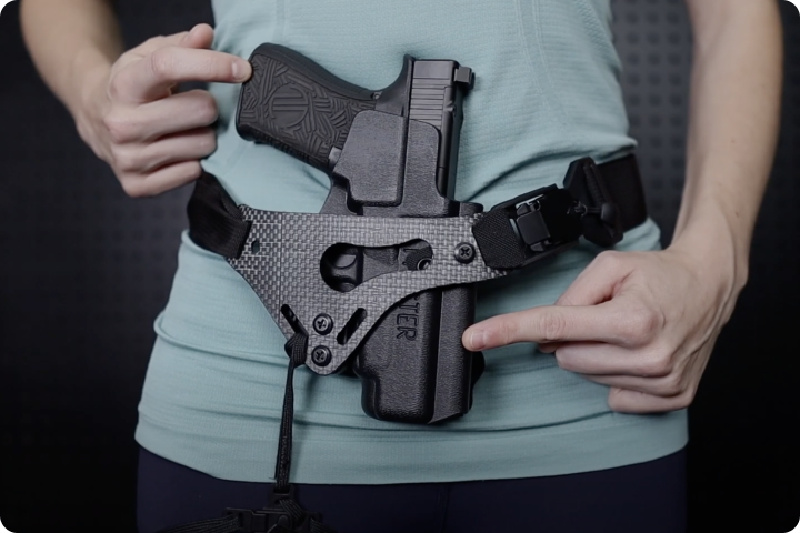
A Holster and Gun Belt
This shouldn’t come as a surprise — or who knows…maybe it will — but having the right holster and belt combination really is a must for successful carry. That means you may wind up with a box or an entire closet of discarded holsters or spares you use for various carry guns with different clothing in a range of environments and seasons. The sad truth is there’s a lot of trial and error involved in holster selection.
Your carry holster needs to provide good retention and hold your handgun close to your body. You don’t want it bouncing around (that’s uncomfortable) or “printing” (the purpose of concealed carry is to keep it concealed). Your rig should also cover the trigger and allow you to get a good, full firing grip on the gun when you go for the draw.
Beyond that, we start getting into personal preferences. Inside the waistband or outside. Small of the back, 4:00 or appendix carry. Leather or Kydex (or a hybrid).
A detail worth keeping in mind is that even if you have what you believe is the ideal holster for you and your carry gun, it won’t do you a lot of good without a good belt to go with it. Generally speaking, the average Wally World belt won’t cut it for supporting the weight of a loaded gun all day long. You’re going to need a durable, stiff belt, likely one with reinforced stitching and rugged buckles.
If you want a holster that doesn’t require a gun belt or one that simply allows secure concealment no matter the belt capacity of your clothes, check out something like the PHLster Enigma. It’s a fantastic AIWB (appendix inside waistband) setup that’s worn totally under your clothing, meaning you can wear it under gym shorts, leggings, or whatever else you want and still have stellar retention and concealment.
Sturdy Shoes
Huh? I bet you didn’t expect to see shoes listed as a concealed carry accessory, but your footwear requires some consideration. If you’re going to carry a handgun for self-defense purposes, you need to stop and think about whether the shoes you’re wearing help keep you on your feet or make it highly likely you’re going to trip and fall.
As someone who loves flip flops, I understand the desire to wear simpler, lighter stuff in warmer weather. But if you’re going to wear flip flops—or Crocs or high heels—stop and consider the fact that you might have to kick them off in a fight.
Carrying a gun shouldn’t stop you from wearing your flip flops, but it should also give you pause and make you think about a game plan rather than crashing and burning when the time comes. You may need to move if things go south and what you have on your feet will have a significant effect on your ability to do that.
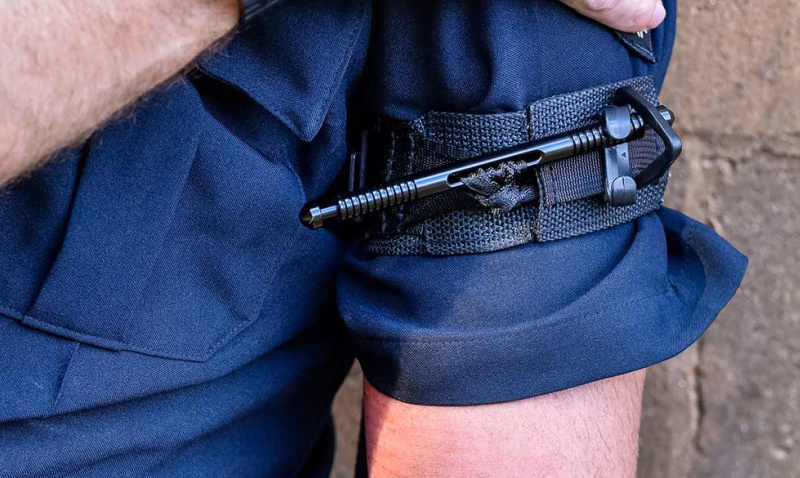
Tourniquet
Statistically you’re far more likely to need a tourniquet than a handgun. A good tourniquet is something that might be needed after a traffic accident or a serious fall…or if you find yourself on the ground during an active shooter situation.
The rule of thumb is that if you’re going to carry something capable of making holes, you should also have something to stop those holes from leaking. However, a tourniquet is a smart piece of gear to have whether or not you’re carrying your handgun. Just make sure it’s a quality TQ and that you know how to use it. Don’t plan to learn how to use it on the fly and hope for the best.
Pepper Spray (Secondary Measures)
When all you have is a gun it becomes your only solution for threats. Having secondary defensive measure like pepper spray is a good way to give yourself less-than-lethal options. Does that mean you need to have your gun and pepper spray on you at all times? No, because none of us like being a walking hanger for a surplus of gear. Still, it’s a good idea to have pepper spray as an option whether it’s something you carry regularly or just now and then.
When you’re choosing your pepper spray take care to remember that not all brands are created equally and not all forms of defensive spray work the same way. For example, pepper gel takes longer to burn and is easier to spread to others in a close quarters situation. POM and Sabre Red are two good brands of pepper spray that work well and come in a variety of canisters so you have choices on how to carry it.
Carry Insurance
Don’t think having some form of self-defense coverage is a concealed carry accessory? It absolutely is, and it’s a very smart move to have it. While it isn’t technically insurance, referring to it that way is the simplest explanation for coverage that helps relieve the financial burden of the aftermath of a self-defense shooting.
When choosing a company to get coverage from, make sure you read all the fine print in the contract before you sign on. Figure out exactly what type of coverage you need and how important things like choosing your own lawyer or having crime scene cleanup help are to you. Don’t be dismissive of features like those, because they do matter.
And, as odd as it might sound, do some digging to ensure the provider you go with has a team and lawyers that actually know firearms and the self-defense world. It’s going to matter if you find yourself being charged.
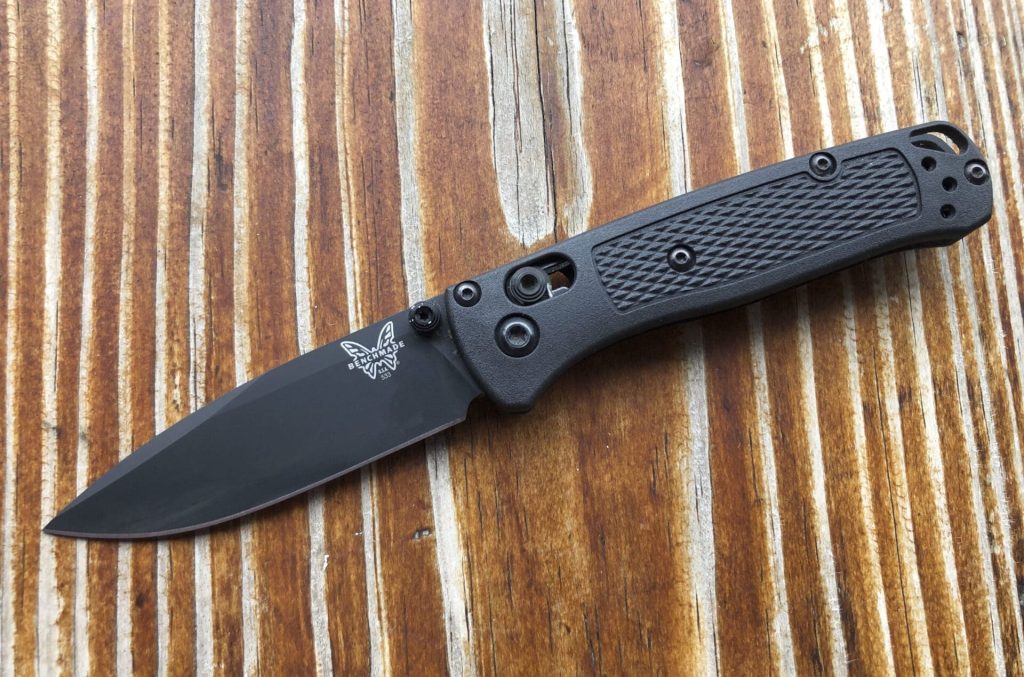
A Pocket Knife
Everyone should have a knife with them, I don’t care who you are or where you’re going. I’m not talking about an 8-inch bowie knife or even a fixed blade at all, although fixed blades have their place and can be fantastic.
A good folding pocket knife with a sharp edge is endlessly useful for all manner of things and makes you a better prepared individual in general. You can use your blade to open boxes, cut zip ties, field dress a deer, slice off pant legs…its uses are endless.
Just make sure you check your local laws and regulations regarding blade length and type as well as where you can and cannot legally carry your knife.
Ammunition
Yes, the ammo you use in your carry gun and spare magazines matters. Having a quality, reliable defensive load designed to expand and slow down on impact is a must.
Attackers stop faster the more liquid they lose, and that means carrying a capable caliber and well-made load. There’s a lot of defensive ammunition on the market, so put some effort into figuring out which one works best for your handgun.
The next part — and this is IMPORTANT — don’t just load it into your gun and think you’re good to go. You need to test the ammunition you choose in your gun to make sure they work well together. You should also be practicing with your self-defense ammo. Yes, that costs more, but defensive ammo doesn’t perform identically to target loads. You should also load fresh ammunition in your magazines periodically.
This is all just a starting point. There are virtually endless gear options out there for concealed carry, some of which you might find useful and some you certainly won’t. Do your homework, ask around, and figure out what works for you. It likely won’t be the same as what works for your best buddy or the guy behind the counter at your local gun store who like to pontificate to anyone within earshot.
Above all, don’t get caught empty-handed. Take the time to figure out the right gear for you…then carry it. Regularly.

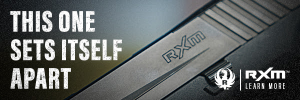
Nix the pepper spray and carry more ammo or an extra TQ. I’ve seen videos of pepper spray failing to deter an attacker. It has as high as a 30% failure rate even when sprayed onto an attackers face. Especially on an attacker hyped up on drugs. If you feel you are in enough danger to act. Act violently as if your life depends on it, because it does.
“If the first rule of a gunfight is to have a gun ….”
WRONG! It should be, the first rule to WINNING a gunfight is to not show up. The second rule is, if you do show up, bring lots of your friends that have guns. Situational awareness and avoiding conflict are absolutely necessary. One carries a gun only *** in extremis ***, as a last resort. Self defense isn’t a fucking fashion show.
+1.
I recall an excellent FxF class I took years ago. First scenario was a parking lot scenario (vehicles inside a very large shoot house, using UTM manmarker sim rounds d protective gear) where someone was apparently being mugged and gunplay ensued. They put me near but not in the line of fire.
I was able to immediately drop and take cover (vehicle wheel / engine block) and draw . . . and then use cover to get the heck out of Dodge while making sure nobody was pointing / shooting at me.
At the after action, some of the other students were like, “why didn’t you take the shot?” (I was in position where I could easily have popped up and done so). And my reaction was (1) I cannot be sure who was actually the aggressor (was it perhaps an undercover LE making a bust that went sidewise?), (2) if I, personally, am not in imminent danger, have a safe way out, and am not 100% sure of the situation, why would I be putting rounds down? (Unlike cops, I don’t have qualified immunity.)
Instructor confirmed that it was indeed a “sucker” scenario, where taking the shot was indeed the wrong move.
Gun, spare mag, flashlight, knife….everything else on this list is a waste of time, space and energy. Especially “Carry Insurance”…which is proven to be a waste of money for folks who have payed for it…only to be refused coverage when they need it.
No carry insurance, then. Got it.
Good thing I’ve never taken your advice.